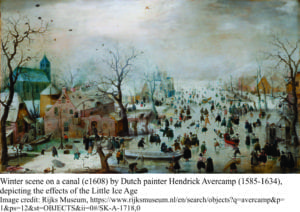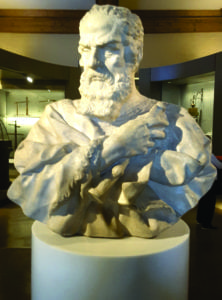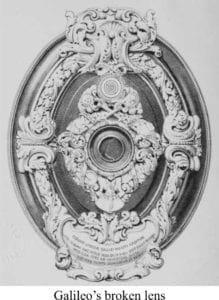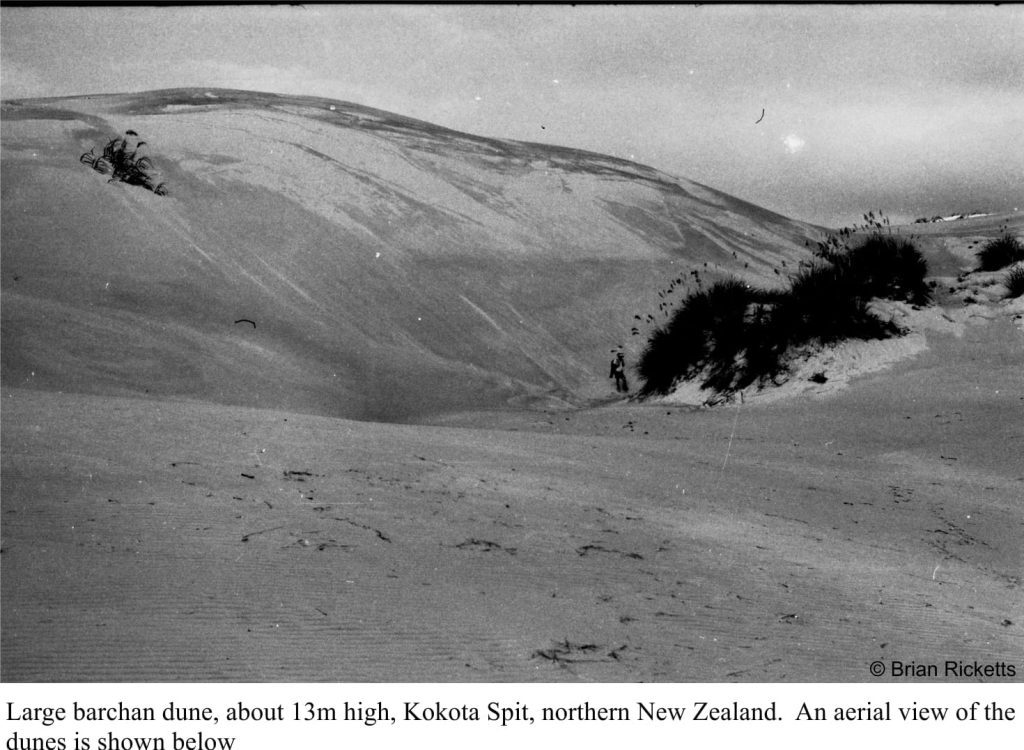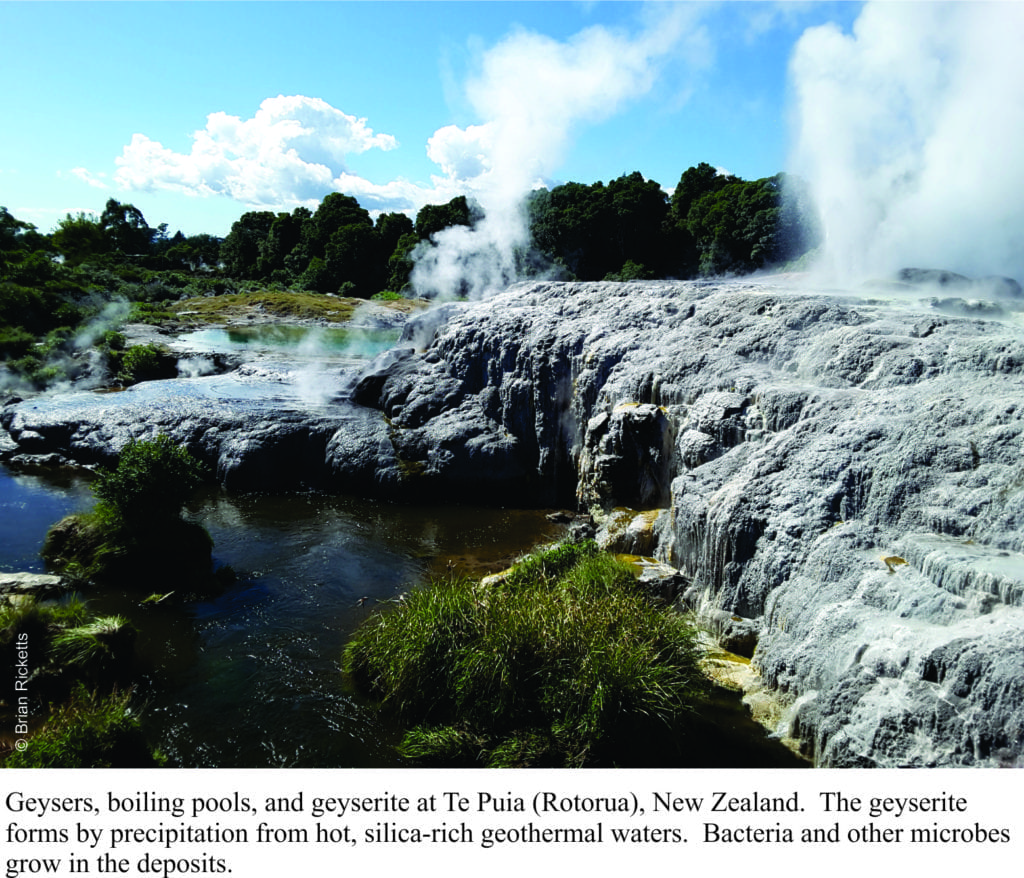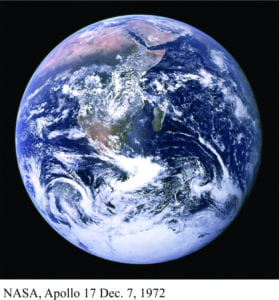

Category Archives: Planetary geology
Volcanism does not cause glaciations; let’s turn this statement on its head
Is there a relationship between volcanism and glaciation?
It is almost a truism that volcanic eruptions influence climate. Cold winters and even failed crops, particularly in the northern hemisphere, followed on the heels the Tambora, Krakatoa, and Pinatubo eruptions. But these climate aberrations were relatively short-lived, counted in years; the stratospheric aerosols and fine volcanic ash that reflect solar radiation back into space, eventually succumb to gravity and fall to earth. Eruptions of this kind do not result in long-lived, or permanent changes; they are temporary blips on an evolving earth and an evolving climate. Continue reading
A measure of the universe; Renaissance slide-rules and Heavenly spheres
Measurement is a cornerstone of science, in fact of pretty well everything we do: How far? How fast? How long? We take most measurement for granted, with little thought to how the process originated. We demand accuracy and precision, forgetting that these are relatively modern luxuries. Before the universal clock chimed GMT in 1884, there were more than 200 time zones in the US. A league in France was shorter than a league in Spain, a discrepancy for which the 16th C French scribe François Rabelais had an imaginative, if rollicking explanation. In his tale, The Life of Gargantua and Pantegruel (1532-1564), a king required a standard distance to be determined (after all, if he was going to send his armies to battle it would be best if his advisors new how far they had to go). He sent a trusted Knight, instructing him to ride to Spain, stopping every league to “roger and swive”; hence the discrepancy. The leagues gradually became longer. The amusing satire of this explanation had its roots in real Medieval measures; the width of a hand, the distance one could walk in an hour. Continue reading
Galileo’s finger
“Their final resting place…” a sepulchral phrase, redolent of a fate that awaits us all. There is no doubt as to its finality, but resting…? A nice metaphor that may convey a sense of comfort to the living, rather than the deceased. Wander through any church or cathedral in Europe and Britain, and you will inevitably walk over cold marble slabs, engraved with the details of those who lie beneath, polished by the feet of a myriad worshipers and tourists. The Basilica di Santa Croce in Florence is, in many respects, like any other magnificent church; it is old, construction beginning in 1295, with alterations and additions during the 14th -15th century overlapping the earlier Gothic forms. The Basilica is stunning, but differs from many of its contemporaries in that it became THE place in Italy to be buried. Continue reading
A Watery Mars; Canals, a duped radio audience, and geological excursions


Well’s novel, apart from being the product of an agile mind, was influenced by some of the popular astronomical ideas of his time. Italian astronomer Giovanni Schiaparelli produced, in 1888 a wonderfully detailed map of Mars showing (above image), among features such as seas, islands, and other landmasses, a network of ‘canali’, or channels. Canali was misinterpreted in English as canals, and along with all its connotations of intelligent life, the idea of Martian canals entered popular belief. Continue reading
Sand dunes but no beach; a Martian breeze
When James Hutton in 1785 presented to the Royal Society of Edinburgh his ideas on the uniformity of earth processes (over vast tracts of time), he did so with both feet planted firmly on good Scottish ground. Hutton’s Principle, for which Archibald Geikie later (1905) coined the phrase “The present is the key to the past” gave to geologists a kind of warrant to interpret the geological past using observations and experiments of processes we see in action today (see an earlier post for a bit more discussion on this philosophy). One wonders whether either of these gentlemen gave thought to the Principle being used to interpret processes elsewhere in our solar system.
There is of course, no logical reason why we cannot use terrestrial environments and physical-chemical-biological processes to unravel the geology on our solar neighbours. We may need to extend our thinking beyond purely earth-bound processes, but the Principle remains a starting point for scientific thinking, interpretation, and discovery. Mars provides the perfect opportunity for this scientific adventure. Continue reading
Comets; portents of doom or icy bits of space jetsam?
Omens, God’s wrath, or just plain misfortune; comets were seen by our Medieval forebears as a disturbance in the natural state of the heavens, portending disaster, pestilence, or famine, and if you were really unlucky, all three. Harold, Earl of Wessex and later King, before he did battle against William of Normandy in 1066, must have had some misgivings with Halley’s comet 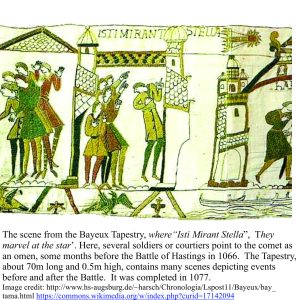

It seems that the ancient Chinese were a little more rational in their deliberations on comets – they referred to them as brush stars, and as early as 613 BC were computing approximate orbits. In fact it is ancient Chinese astronomy records that have enabled modern astronomers to confirm calculated orbit periodicities for comets like Halley. Continue reading
Extreme living conditions; the origin of life and other adventures
Extremophiles – life forms that live in really hazardous conditions.
Extreme events are fascinating. Extreme sports may give us a vicarious thrill, at least until something goes awry at which point we might comment about the foolishness of the act. Extremes in the natural world are the stuff of movies; asteroids, tsunamis, tornadoes, plagues. Perhaps our morbid fascination with such events derives from the realization that they can be real.
Over the last 2-3 decades, science too has developed a fascination for extreme living, for creatures that happily thrive in conditions that most other life forms, including us, would find inclement. They are extremophiles, life forms like bacteria, algae and small critters that can endure extremes of temperature, pressure (e.g. deep sea black smokers), radioactivity, darkness, low levels of oxygen, high acidity or alkalinity, and even lack of water. The variety of extreme environments in which these life forms have evolved is, from a scientific perspective, quite stunning in that it provides us with many different analogues for our quest to understand the origin of life on earth, and whether life can exist on other planets. A few examples are noted below. Continue reading
Ancient earth. 3 The air we breath; how our atmosphere evolved
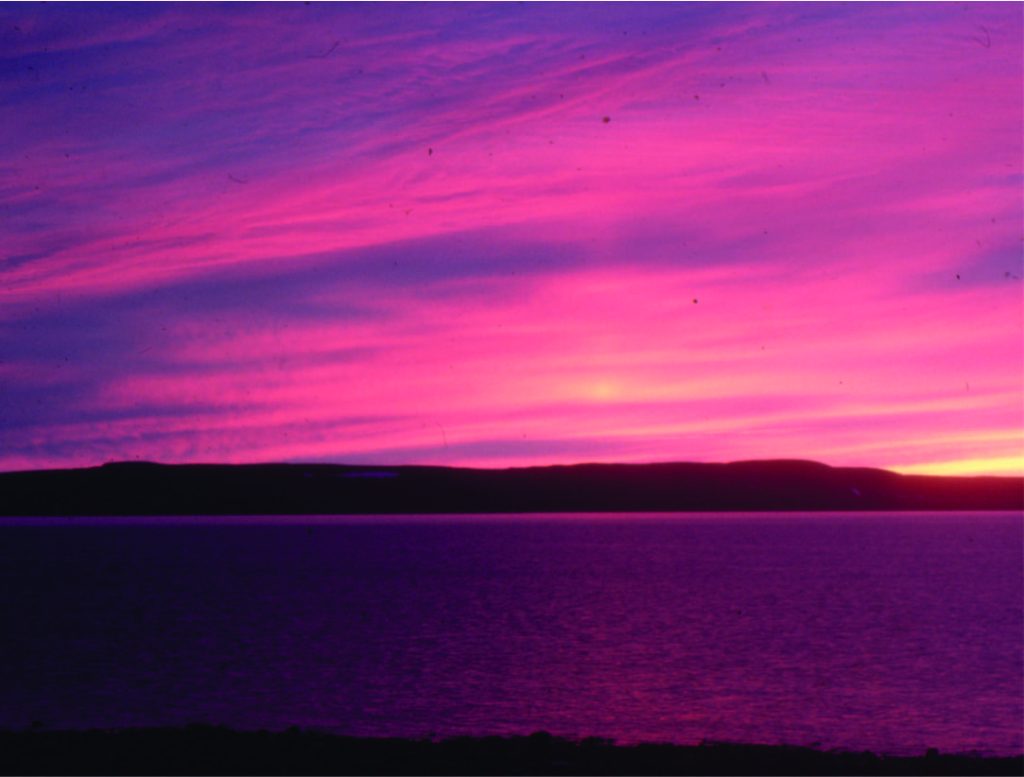
The really ancient earth: How our atmosphere evolved
Take a deep breath. Savour it. One of the few absolutes of our physical world (that we probably haven’t looked after as well as we might have). This post continues the theme “The Really Ancient Earth” by looking at what we know about the origin of our atmosphere; some of the evidence and some of the hypotheses. What was it like on day 1 (about 4600 million years ago) and how did it evolved into our breath-taking world today? Continue reading
Make your own meteorite crater – comparing experiment with the real world


Make your own meteorite crater – comparing experiment with the real world
This post shows you how to make your own meteorite crater – it’s pretty easy. There are also many interesting questions we can ask of our experiments with craters, like “how do they compare with real craters?”

